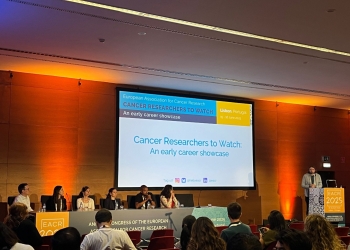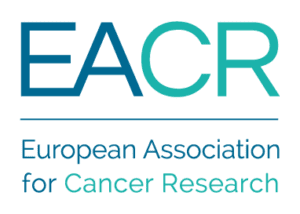The EACR’s ‘Highlights in Cancer Research’ is a regular summary of the most interesting and impactful recent papers in cancer research, curated by the Board of the European Association for Cancer Research (EACR).
The list below appears in no particular order, and the summary information has been provided by the authors unless otherwise indicated.
Use the dropdown menu or ‘Previous’ and ‘Next’ buttons to navigate the list.
9. Single-cell chromatin accessibility reveals malignant regulatory programs in primary human cancers
Sundaram, L., Kumar, A., Zatzman, M. et al. Science. 385 (6713): eadk9217 (2024).
doi: 10.1126/science.adk9217.
Summary and graphical abstract by Alexandra Boitor, EACR Scientific Officer
 Summary of the findings
Summary of the findings
One of the challenges in cancer research is identifying and understanding the diverse molecular features associated with different genetic lesions and gene regulatory changes that drive carcinogenesis and cancer progression. The Cancer Genome Atlas (TCGA) was created to map diverse molecular features associated with malignancy. One method employed to answer this question has been chromatin accessibility mapping using ATAC-seq, which led to the identification of several malignant signatures across 23 primary human cancer types. However, most studies were performed in bulk cancer tissues, so the current landscape of regulatory elements contains information from tumour-associated stromal or immune cells. In this paper, the authors aimed to deconvolute the existent data from TCGA for eight cancer types (74 individual samples) by employing single-cell chromatin accessibility.
.
The authors managed to successfully separate cancer cells, tumour-infiltrating immune cells and stromal cells based on the single-cell chromatin availability data. Furthermore, the authors were able to identify and measure chromatin accessibility differences in immune cell subsets from various cancer types, cis-regulatory differences between distinct subclones in two samples of glioblastoma and identify the most likely cell type of origin for several breast cancer subtypes. The authors also generated neural network models to predict the impact of genetic variation on chromatin accessibility.
9. Single-cell chromatin accessibility reveals malignant regulatory programs in primary human cancers









